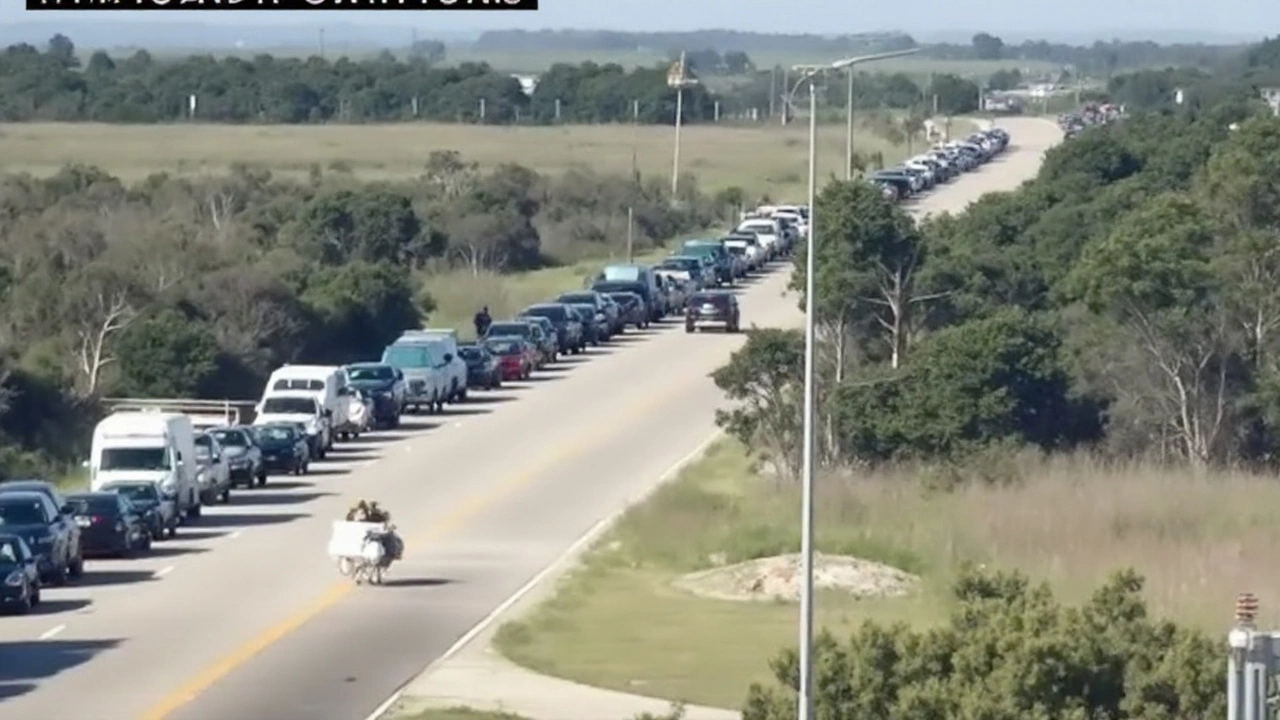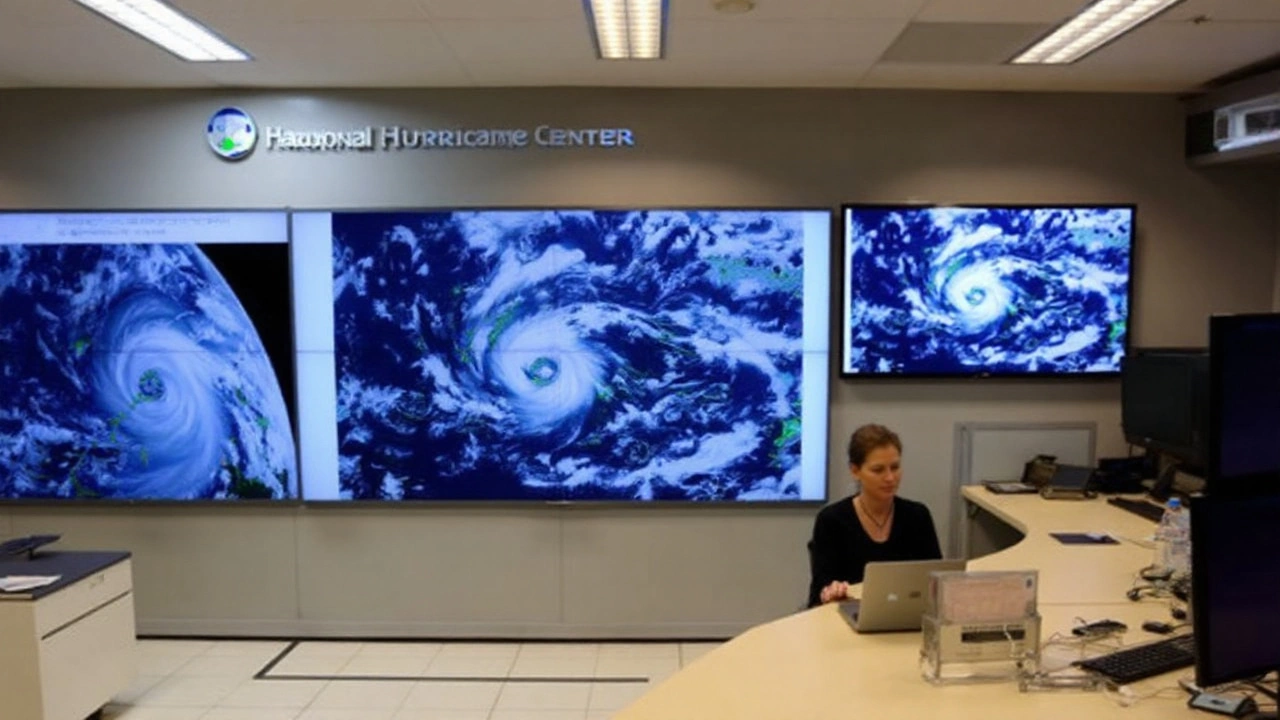Storm Leaves Thousands Without Power and Triggers Island-Wide Flooding
Hurricane Erin is making headlines for all the wrong reasons this week as it tears through the Caribbean on its way north. With top winds reaching a screaming 130 mph, this Category 4 giant didn’t waste time making a mess—over 80,000 people in Puerto Rico lost electricity, and some areas are under water after days of relentless rain. Tourists and locals in Puerto Rico are stuck dealing with flooding, blocked roads, and ongoing power problems as the storm’s outer bands continue to unleash downpours. Flood watches are still active for Puerto Rico and the Virgin Islands, so the headache isn’t going away soon.
If you’re thinking about a last-minute escape to Turks and Caicos or the Bahamas, you might want to put those plans on ice. Both destinations are under tropical storm advisories. People there are getting drenched with up to 6 inches of rain and pounded by wind gusts that sound like a freight train at midnight. This is the kind of weather that empties hotel beaches and packs emergency rooms. The hurricane’s massive circulation is stretching far beyond its center, so even spots not directly in the eye are feeling the punch.
What’s wild about Hurricane Erin is how quickly it went from “one to watch” to a major threat. The storm shocked meteorologists by vaulting to Category 5 status with 160 mph winds last Friday, fueled by ocean temperatures far hotter than usual. You hardly ever see that kind of intensification outside the ‘worst-case’ textbooks, and scientists are quick to connect these unusually warm waters to climate change—saying such fuel for monster storms is up to 100 times more likely thanks to human influence. Erin dropped back a notch as it cycled through a typical eyewall reshuffle (a kind of hurricane “refresh”), but stayed well into the danger zone and remains a serious threat as a Category 4.

Bermuda Eyes Erin and East Coast Prepares for High Surf
Bermuda isn’t in the clear, either. The island’s tourism industry is watching Erin’s path like a hawk as forecasters warn the storm will zip between Bermuda and the U.S. East Coast by Thursday or Friday. With the hurricane holding steady offshore, there’s still a lot of “wait and see” for whether high winds or pounding surf will slam into the island itself. But everyone there is prepping for the worst, with beaches on alert and boats pulling into safer harbors.
Stateside, North Carolina’s Outer Banks are on the frontlines despite not expecting a direct landfall. The National Weather Service has thrown up almost every warning in the playbook: coastal flood watches, tropical storm watches, even storm surge alerts with water levels that could climb up to 4 feet above normal. Shifting tides and huge waves—some cresting at a walloping 20 feet—have emergency officials beefing up patrols and warning beachgoers to stay off the sand. Surf shops and rental kiosks are locking up as the high surf threat stretches from the Carolinas to New Jersey.
As of Monday night, Erin’s position was about 695 miles southwest of Bermuda and 805 miles southeast of Cape Hatteras, North Carolina, tracking northwest at just 10 mph. It’s expected to bend more directly north soon, running that dangerous line between U.S. shores and Bermuda as the week rolls on. No direct U.S. landfall is on the forecast, but don’t let that fool you: the hurricane’s sheer size means boaters, airlines, and the entire shipping industry are working overtime to dodge the worst of its winds and wild seas.
Emergency planning teams across the Atlantic are on high alert. The National Hurricane Center is reminding everyone that hurricanes like this don’t need to hit land to be deadly. Erin is already creating life-threatening rip currents and surf up and down the Eastern Seaboard, and those risks may last all week. Tourism businesses, especially in the Caribbean, are bracing for cancellations and lost revenue. It’s only the fifth named storm of 2025, but its quick jump in power shows that this hurricane season—amped up by hot ocean waters—could be a wild one.
